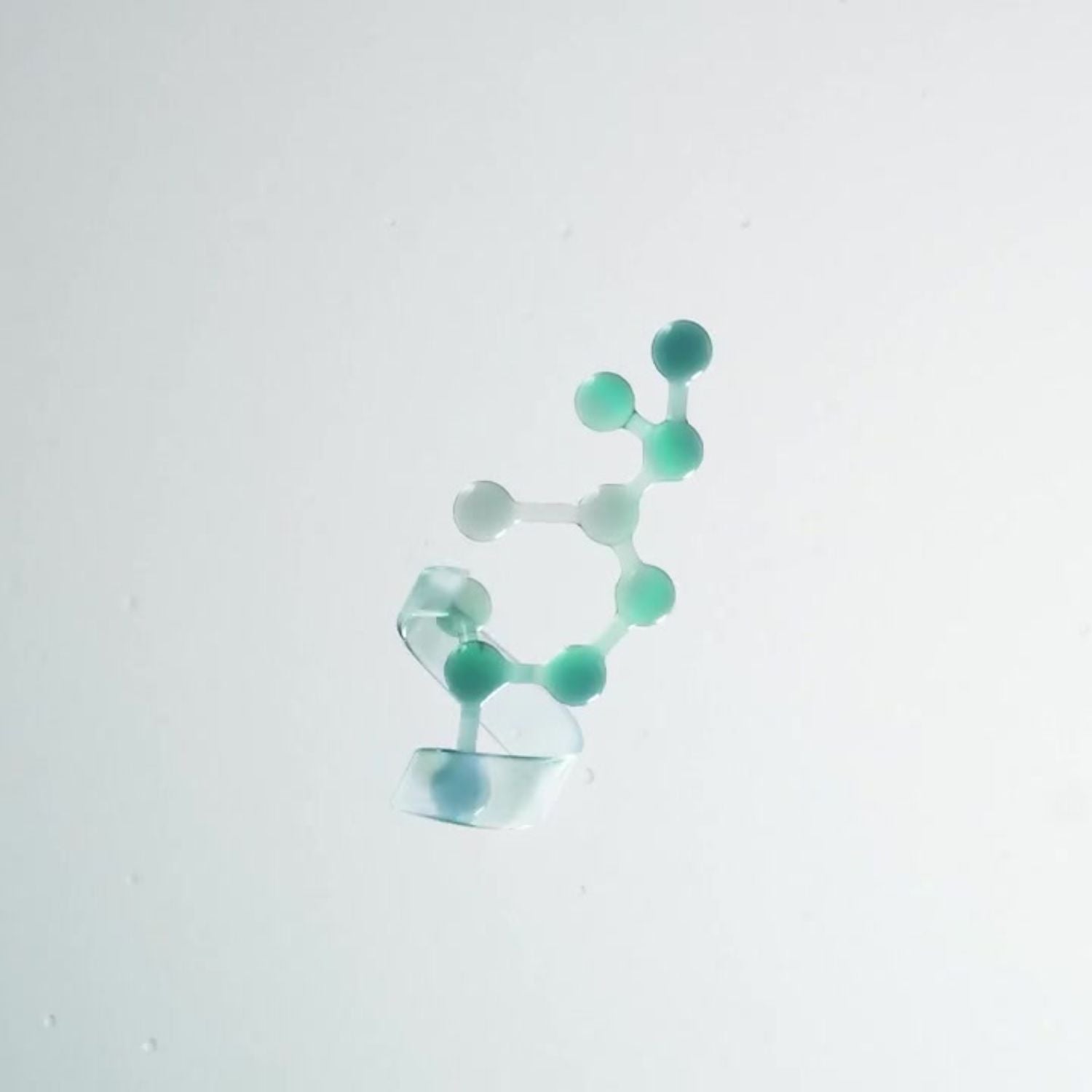What is the epidermis?
Where is the epidermis located?
While the epidermis covers the entire body, it is not uniformly distributed.1 Areas that frequently move like the neck and face have a thinner epidermal layer. The epidermis on your palms and soles of the feet, which experience near constant friction and pressure, are much thicker to protect these areas.
What is the function of the epidermis?
Protection
One of theof the epidermis is to protect the body from external threats. Keratinocytes and melanocytes are key cells in this process. Keratinocytes are the most common cells in the epidermis. These cells secrete lipids (fats) onto the skin surface to form a water barrier; this keeps the skin hydrated and helps protect skin from physical damage.1 Melanocytes are responsib.1 Melanin is what gives our skin color and tone. UV radiation induces melanin production within the skin causing the skin to tan.
Immunity
The epidermal layer is a crucial part of our ability to fight infection and disease. It protects the inner body from pathogens and other sources of infection. Additionally, the epidermis is armed with immune cells that are stationed to protect the skin from pathogen . 2
Homeostasis
The epidermis is also involved in regulating body temperature. The epidermis has specialized structures that help it dissipate excess heat from the body through sweat glands.3 As the water in our sweat evaporates, the skin cools.
Vitamin D
The skin is not only a passive agent of the body but also a factory dedicated to producing an essential vitamin in the body: vitamin D. The epidermis in particular is the layer that absorbs UVB radiation and converts chemical precursors into active ingredients that your liver uses to make vitamin D.4 Vitamin D helps us tackle various diseases and maintain strong immune, bone, brain, and mental health.
Layers of the epidermis
- Stratum corneum - The stratum corneum is made of a layer of dead keratinocytes 3-30 cells thick. These dead skin cells help form a hydrophobic layer that locks moisture into the skin; this layer varies the most in thickness across the body.
- Stratum lucidum - This layer of the epidermis is only found in thicker skin like that in the palms of your hands and soles of your feet. Made of flattened dead skin cells it helps give thicker skin more structural strength.
- Stratum granulosum - This layer is responsible for transforming keratinocytes into the tough waterproofed cells that make up the outer layer of the epidermis. The stratum granulosum produces keratin precursors and the protein glue lamellar that hold the skin cells together
- Stratum spinosum - Sitting above the lowest layer of the epidermis, the stratum spinosum is made of spiky ridges of keratinocytes that help the skin move while binding it together. This layer of the skin also contains dendritic cells responsible for fighting disease and infection.
-
Stratum basale
- The deepest layer of the epidermis is made of an active stem cell that produces the keratinocytes which make up the vast majority of cells in the upper epidermis. It is also where melanocytes, the cells that give our skin tone and color can be found.1

What are common signs or symptoms of epidermis conditions?
Dermatitis and eczema
Hyperpigmentation or melasma
Rough texture and scaling
Lifestyle tips to keep your skin healthy
Minimizing UV exposure
High levels of UV radiation can damage the internal structure of cells within the epidermis .6Adequate sun protection throughout the day is key to skin health and preventing premature skin aging. Sunscreen during winter and even on cloudy days is equally important for protecting your skin. Try to avoid UV exposure during peak UV hours by covering up or staying indoors.Diet
Because cells in the epidermis are constantly replaced to replenish lost cells in the stratum corneum the body must be supplied with the energy and nutrients to rebuild the skin barrier.
Protein
Keratin, one of the main proteins in the epidermis, requires energy and the right amino acids to be built. Biotin, L-cysteine, zinc, and vitamins A and C are all necessary for the production of keratin as well as bolstering the health of the skin in ways that reduce signs of aging like wrinkles. Eggs, fatty fish, fruits, nuts, and seeds are all great sources of these keratin boosting components.7
Healthy Fats for a Strong Lipid Barrier
Unsaturated fats found in foods like fish, vegetable oils, nuts, seeds, avocados are used by the body to bolster the lipid layer of the skin. A diet high in Omega 3 fatty acids, polysaturated, and monounsaturated fats keep the skin barrier healthy and able to retain moisture by aiding in sebum production.8
Vitamin D
A lack of Vitamin D can be the cause of many skin conditions such as dermatitis or psoriasis. Although vitamin D is produced by the body, it can also be consumed. Consuming foods high in vitamin D like egg yolks, fatty fish like salmon or trout, mushrooms and cod liver oil can help especially if you are vitamin D deficient.9
Moisture
In addition to aging, some skin conditions cause the skin to dry out. To combat these low levels of moisture be sure to incorporate a daily moisturizer into your routine. Ingredients such as hyaluronic acid are highly effective at holding onto water molecules in skin, while lipids are helpful in locking in moisture.10
OS-O1 Proprietary Peptide
If you’re looking for a simple yet effective regimen, try topical skin care products to address overall skin and epidermal health. Consider OneSkin’s Topical Supplements, OS-01 FACE our peptide moisturizer, OS-01 EYE our peptide eye cream, OS-01 SHIELD our peptide sunscreen, and OS-01 BODY our peptide body lotion.
The OS-01 peptide has been shown to 11:
- Increase skin’s epidermal thickness
- Increase a key biomarker associated with collagen production, COL1A1
- Decrease UV-induced collagen degradation enzyme, MMP3
- Increase a key biomarker associated with hyaluronic acid production, HAS2
Treat your skin like the vital and complex organ that it is with OneSkin.
- The epidermis is the outermost layer of the skin and serves as the body's first line of defense against various external threats such as pathogens, UV radiation, chemicals, and injuries.
- The epidermis protects the body, plays a crucial role in the body's immune system, regulates body temperature, and produces vitamin D.
- The epidermis is composed of several layers, including the stratum corneum, stratum lucidum, stratum granulosum, stratum spinosum, and stratum basale.
- To maintain healthy skin, it's important to minimize UV exposure, follow a balanced diet rich in proteins, healthy fats, and vitamins (including vitamin D), and regularly moisturize to combat dryness and maintain moisture levels.



